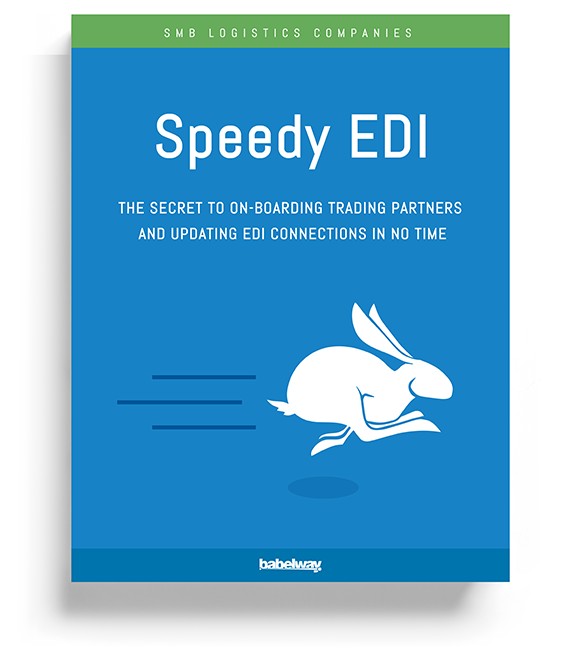Alright, let’s shelve the electric self-driving trucks, the 20 possible (yet unlikely!) uses of blockchain, and 3D printing of spare parts. It’s time to get real about the practical technology and trends what will keep small and mid-tier logistics companies relevant in 2020.
(** No offense, always-on-target industry prognosticators.)
The fact is IT can do more to help your company complete today.
Now, to the list of most important trends and
practical technologies in logistics for 2020:

01.
Amazon Effect’
Needs a Reality Check
Perhaps the single most pervasive item of every expert’s list of logistics trends for 2020 is the impact Amazon continues to have on the industry. “The performance bar is getting higher with every announcement Amazon makes about how they are getting better and faster delivering orders. Same day delivery is no longer a wish, it’s for real,” said Greg Kefer in a Supply Chain Digital article.
Why Should I Care?
The pressure retailers feel to make their products accessible through all of the channels shoppers frequent (brick-and-mortar stores, online, mobile, and social media) has percolated upstream. 2PLs and 3PLs are being pushed to meet not only omnichannel but also expedited-delivery and shipment-tracking demands. As customer expectations increase, businesses that struggle to meet them will fall behind.
What Should I Do?
In the rush to keep up, many in the industry haven’t waited to see how pursuing this business impacts the bottom line. If your company has attempted to provide these new services without taking a hard look at the numbers, perhaps it’s time. You’ve collected the data, now you should extract and analyze it to calculate your cost-to-serve the market.

02.
Legacy Systems
‘Dressed Up’ with SaaS
Chances are you’ve come across the limitations of your TMS, especially if you’re dealing with a legacy system that has a limited ability to evolve with your company’s needs.
Why Should I Care?
Make no mistake, your larger and better-funded competitors are getting a solid return from their infrastructure investments. It’s time you did, too. For example, Rob O’Byrne of the Logistic Bureau, says companies need to tap into their bank of data to “become more responsive and for management teams to better understand cost drivers in logistics activity.” Real-time data visualizations could be just what the executive team needs to make more informed competitive decisions.
What Should I Do?
If there’s value you should be getting – and, in fact, need – from your management system and are not, go out and get it from a solution as a service (SaaS) product. Why? SaaS platforms are often more agile than behemoth on-premise management systems and better equipped to address a single business issue. Throw in the fact that SaaS security is generally higher than ever, and you should have the beginnings of a compelling business case.

03.
Customer Value In
Your Management System
If 2019 was about coming into compliance with new federal regulations through the electronic logging device (ELD) rule, 2020 should be about using data to offer your customers value that will delight them.
Why Should I Care?
The days of paper, fax, or email communications are coming to an end. The big guys already know this. In fact, the race to adapt is already happening among small-to-mid-sized logistics companies. Fleet Owner recently reported that 91% of motor carriers with 20 or more trucks have a management system in place, up from 62% in 2005. The ones that come out on top in this competitive landscape will figure out how to use their data to improve customer offerings.
What Should I Do?
A solid intersection usually exists between the data you’re gathering and the features and services your customers want. Find it. For example, shippers are coming to expect end-to-end supply chain visibility, which can help mitigate supply chain disruptions and even increase speed of service. Sure, serving this information up on your web portal is nice, but more important is having this information accessible from the shipper’s native applications or from the end user’s mobile phone.
Bridging Competitive Gaps
According to JP Morgan, the logistics industry outlook for 2020 is favorable. Don’t get me wrong: There will still be winners and losers. The category your company falls into may very well depend on the meaningful differences in value IT can provide customers.

